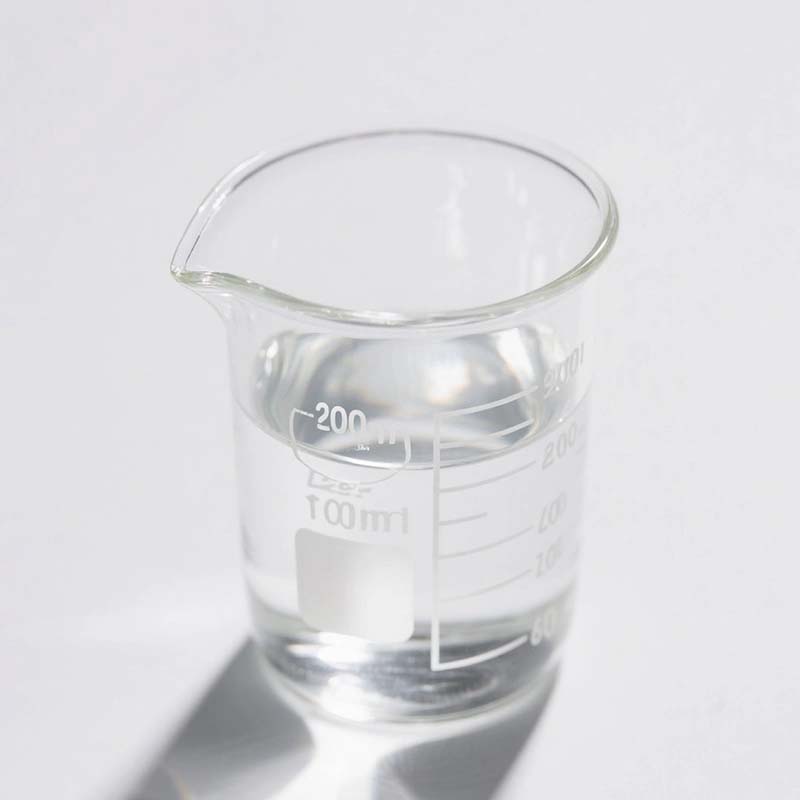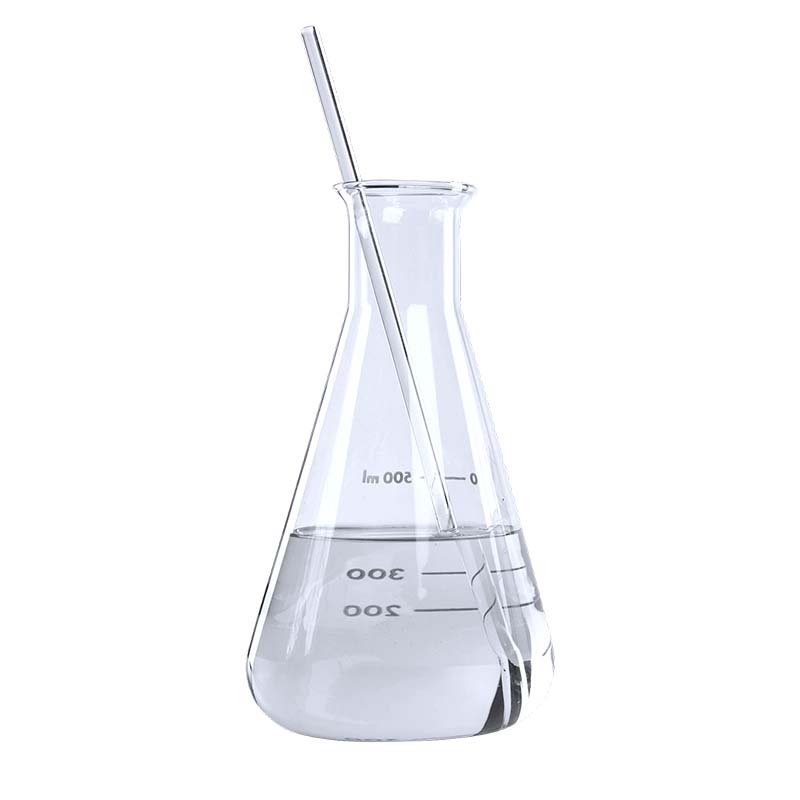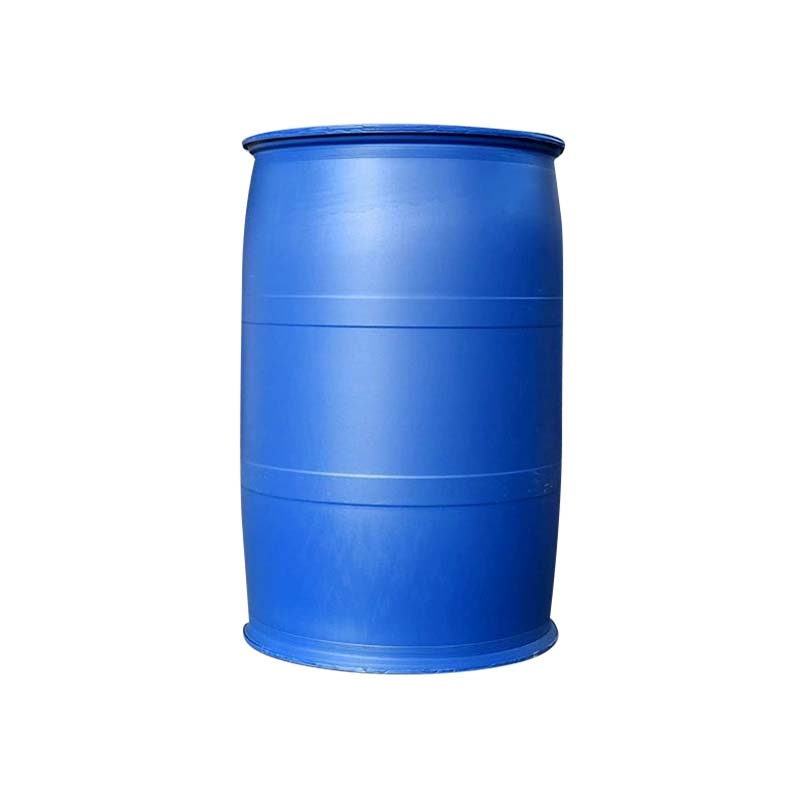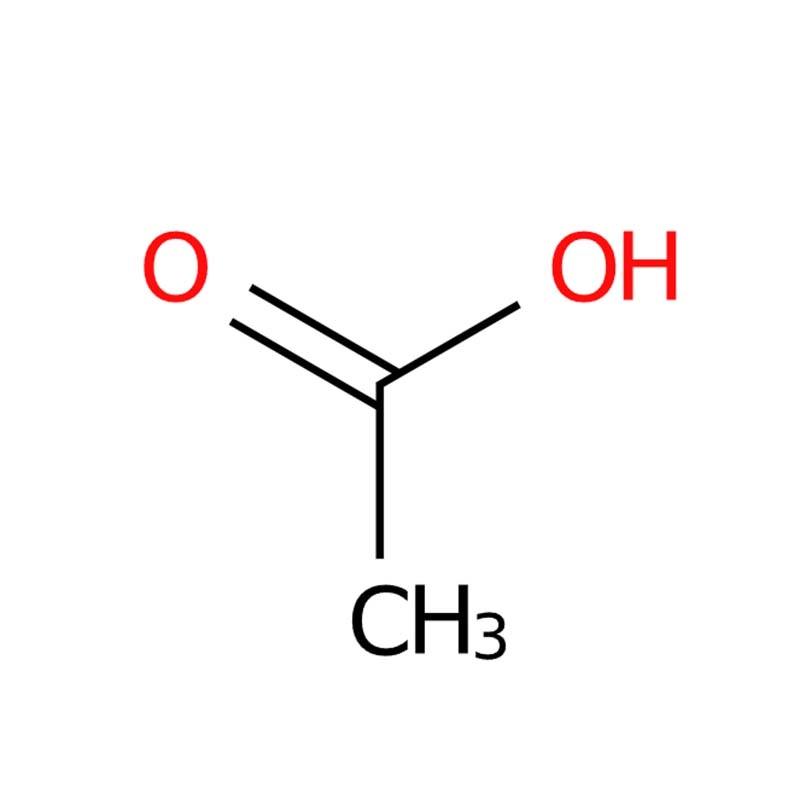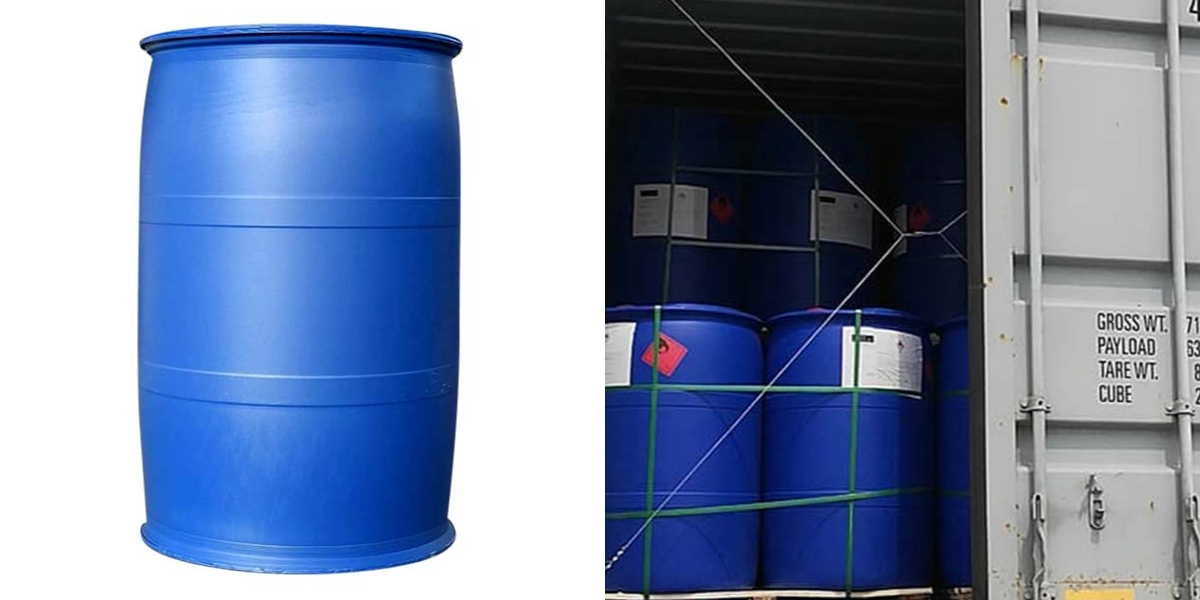Acetic acid
Broad Solubility Profile: Acetic acid demonstrates excellent miscibility with water, ethanol, glycerol, ether, and carbon tetrachloride, offering exceptional formulation flexibility across industrial and research applications.
Historical Significance and Natural Occurrence: With a documented history in vinegar production and natural presence in various plants as free acid or esters, acetic acid possesses an established safety record and practical utility spanning centuries.
Diverse Chemical Reactivity: Functioning as a weak organic acid, it displays characteristic acid-base properties and participates in key reactions such as esterification with alcohols, enabling its use in numerous synthetic pathways.
Defined Physical Characteristics: The pure compound exists as a colorless liquid with a sharp, pungent odor, while its anhydrous form (glacial acetic acid) solidifies below 16.7°C, facilitating specialized storage and handling requirements.
Acetic acid (AcOH), systematically named ethanoic acid, is a fundamental fatty acid renowned as the primary acidic constituent of vinegar. This compound occurs naturally in various plant species, either in its free state or as ester derivatives, and possesses the molecular structure CH₃COOH. With a production history spanning millennia—documented in ancient Chinese records—its concentrated form was first successfully isolated by Stahl in 1700. The pure substance presents as a colorless liquid characterized by a sharp, penetrating odor, exhibiting a melting point of 16.6 °C, a boiling point of 117.9 °C, and a relative density of 1.049 (20/4 °C). It demonstrates miscibility with water, ethanol, glycerol, ether, and carbon tetrachloride, but remains insoluble in carbon disulfide. When cooled below its melting point, anhydrous acetic acid solidifies into a crystalline mass designated as glacial acetic acid. Classified as a corrosive substance, it behaves as a weak organic acid displaying characteristic acid-base reactivity, including esterification with alcohols.
Acetic acid Chemical Properties
Melting point | 16.2 °C(lit.) |
Boiling point | 117-118 °C(lit.) |
Density | 1.049 g/mL at 25 °C(lit.) |
Vapor density | 2.07 (vs air) |
Vapor pressure | 11.4 mm Hg ( 20 °C) |
Refractive index | n20/D 1.371(lit.) |
FEMA | 2006 | ACETIC ACID |
Fp | 104 °F |
Storage temp | Store below +30°C. |
Solubility | Alcohol: miscible(lit.) |
Form | Solution |
Pka | 4.74(at 25℃) |
Specific Gravity | 1.0492 (20℃) |
Color | Colorless |
Odor | Strong, pungent, vinegar-like odor detectable at 0.2 to 1.0 ppm |
PH | 3.91(1 mM solution);3.39(10 mM solution);2.88(100 mM solution); |
PH Range | 2.4 (1.0M solution) |
Odor Threshold | 0.006ppm |
Odor Type | Acidic |
Explosive limit | 4-19.9%(V) |
Water Solubility | miscible |
λmax | λ: 260 nm Amax: 0.05 |
λ: 270 nm Amax: 0.02 | |
λ: 300 nm Amax: 0.01 | |
λ: 500 nm Amax: 0.01 | |
Merck | 14,55 |
JECFA Number | 81 |
BRN | 506007 |
Henry's Law Constant | 133, 122, 6.88, and 1.27 at pH values of 2.13, 3.52, 5.68, and 7.14, respectively (25 °C, Hakuta et al., 1977) |
Dielectric constant | 4.1(2℃) |
Exposure limits | TLV-TWA 10 ppm ~25 mg/m3) (ACGIH, OSHA, and MSHA); TLV-STEL 15 ppm (37.5 mg/m3) (ACGIH). |
Stability | Volatile |
LogP | -0.17 |
CAS DataBase Reference | 64-19-7(CAS DataBase Reference) |
NIST Chemistry Reference | Acetic acid(64-19-7) |
EPA Substance Registry System | Acetic acid (64-19-7) |
Safety Information
Hazard Codes | C,Xi |
Risk Statements | 34-42-35-10-36/38 |
Safety Statements | 26-36/37/39-45-23-24/25 |
RIDADR | UN 1792 8/PG 2 |
WGK Germany | 3 |
RTECS | NN1650000 |
F | 2001/8/10 |
Autoignition Temperature | 426 °C |
TSCA | Yes |
HazardClass | 8 |
PackingGroup | II |
HS Code | 29152100 |
Hazardous Substances Data | 64-19-7(Hazardous Substances Data) |
Toxicity | LD50 in rats (g/kg): 3.53 orally (Smyth) |
IDLA | 50 ppm |
Acetic acid serves as a fundamental starting material in organic synthesis for the production of compounds such as acetic anhydride, diethyl malonate, ethyl acetoacetate, and halogenated acetic acids. It is also extensively used in the manufacture of pharmaceuticals (e.g., acetylsalicylic acid) and agrochemicals (e.g., the herbicide 2,4-D). The acid is essential in preparing metal acetates—including those of manganese, sodium, lead, aluminum, zinc, and cobalt—which function as catalysts and additives in textile dyeing and leather tanning processes. For instance, aluminum acetate is employed as a mordant, disinfectant, and medical astringent; lead acetate serves as a pigment (lead white); and lead tetraacetate acts as an oxidizing reagent in organic synthesis, capable of cleaving 1,2-diols to yield aldehydes or ketones. Sodium and potassium acetates are widely used as buffering agents in biochemical applications.
In the food industry, acetic acid functions as an acidulant, flavor enhancer, and condiment. For producing synthetic vinegar, it is diluted to a 4–5% concentration and blended with flavoring agents, resulting in a product resembling fermented vinegar in taste, while offering advantages in cost efficiency and rapid production. It should be handled with caution as it is highly corrosive, causing skin irritation and blistering, and is classified as a secondary organic acidic corrosive substance.



